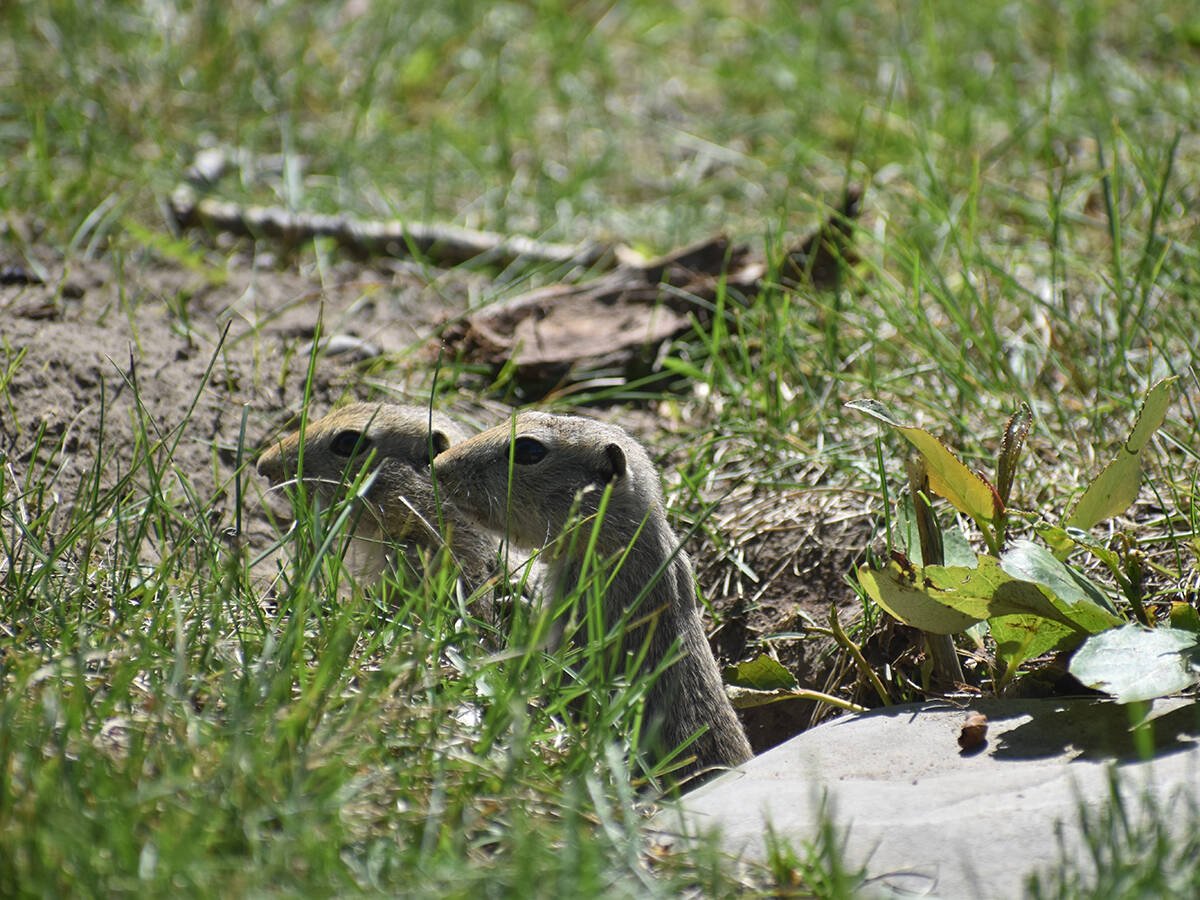A Vancouver entrepreneur may have the solution to Manitoba’s hog manure dilemma.
ATD Waste Systems, which has developed a process to convert pig manure into fertilizer pellets and water, is looking for a demonstration site to test the technology.
Victor Van Slyke, one of the owners of ATD, said Manitoba would be an ideal location.
“We have graduated to the point of commercialization … and we’re looking for a host for a test site,” Van Slyke said from his home in Vancouver.
Read Also

Rural officials hopeful strychnine use will resume
The Saskatchewan Association of Rural Municipalities is taking a verbal commitment from the federal agriculture minister on strychnine use as a good sign.
Manitoba’s hog industry is at a standstill because producers and corporations are frustrated by the province’s stringent manure management regulations.
New pig barns are required to have an anaerobic digester or equivalent technology to treat manure, which may cost $1 million or more.
Maple Leaf Foods needs more pigs for its processing plant in Brandon, but Manitoba producers, Hutterite colonies and companies are not building new barns because they claim the regulations are excessive and too costly.
ATD Waste, which has 10 patents on its technology and eight pending patents, is talking with the University of Wisconsin about a demonstration site.
Van Slyke said Manitoba has some of the largest hog barns in Canada and the industry needs manure management solutions.
“We think there are people in Manitoba who would actually be quite happy to be part of a demonstration site, but they don’t (know) about us,” he said.
ATD owners, scientists at the University of British Columbia’s chemical engineering department and Hipp-Anvil Engineering Ltd. have spent the last decade developing the hog manure treatment system.
According to ATD’s website, the technology eliminates the need for lagoons. The process uses an ammonium stripper and scrubber to remove nutrients from the manure. The water from that process is sterilized with ultraviolet light and the solids go into a biomass dryer and are pelletized.
Bert Monesmith, who sits on an advisory board for ATD Waste, said the science behind the process is proven, but the company has to demonstrate it works at a commercial scale to attract investors and customers.
“We have put this (concept) to our group of people looking for (investment) opportunities. They like it, but they come back with, ‘come see us when you’re further down the road,’ ” said Monesmith, who is a senior business development director with Tetra Tech, an environmental engineering firm.
“Once this has been field tested and all the bugs have been worked out… those funding opportunities will then appear.”
One obstacle will be the cost of the technology, which Van Slyke estimated at $4 million. However, the capital cost can be recovered by selling fertilizer pellets.
“There certainly is an up-front cost, on the surface, that looks pretty onerous, but if you look at the overall return on that investment, it’s an attractive (option),” Monesmith said.
Van Slyke said the system is suited for a large hog operation because there must be enough manure and fertilizer pellets to recover the up-front costs.
“We did some estimating … and it seems that it would take about 60 cubic metres of manure a day to pay back within five years.”
Van Slyke said the closed loop system also recovers water in the manure and recycles it back to the hog barn.
“We can claim (the system) saves 80 percent of the current water consumption,” he said.
“Which, I think, is a huge benefit for most hog farms.”
Van Slyke said people in the hog industry are intrigued by the technology. He’s had inquiries from 30 countries, including China.
“There are 950 million hogs in the world and half of them are in China. Their environmental problems are worse than ours,” he said.
“But they’re like anybody else. They’ll buy it as soon as we can prove we know what we’re doing.”
Van Slyke, who is semi-retired from a career in accounting and data processing, said he’s confident the technology will eventually catch on. In the meantime, he’s enjoying the challenge of launching a new and unique enterprise.
“In the end, there is an element of satisfaction that we’ve succeeded,” he said.
“The other thing is … hey, here’s a guy that’s 85 years of age and he seems to be having fun.”
For more information, visit http://bit.ly/1tky0Ih.















